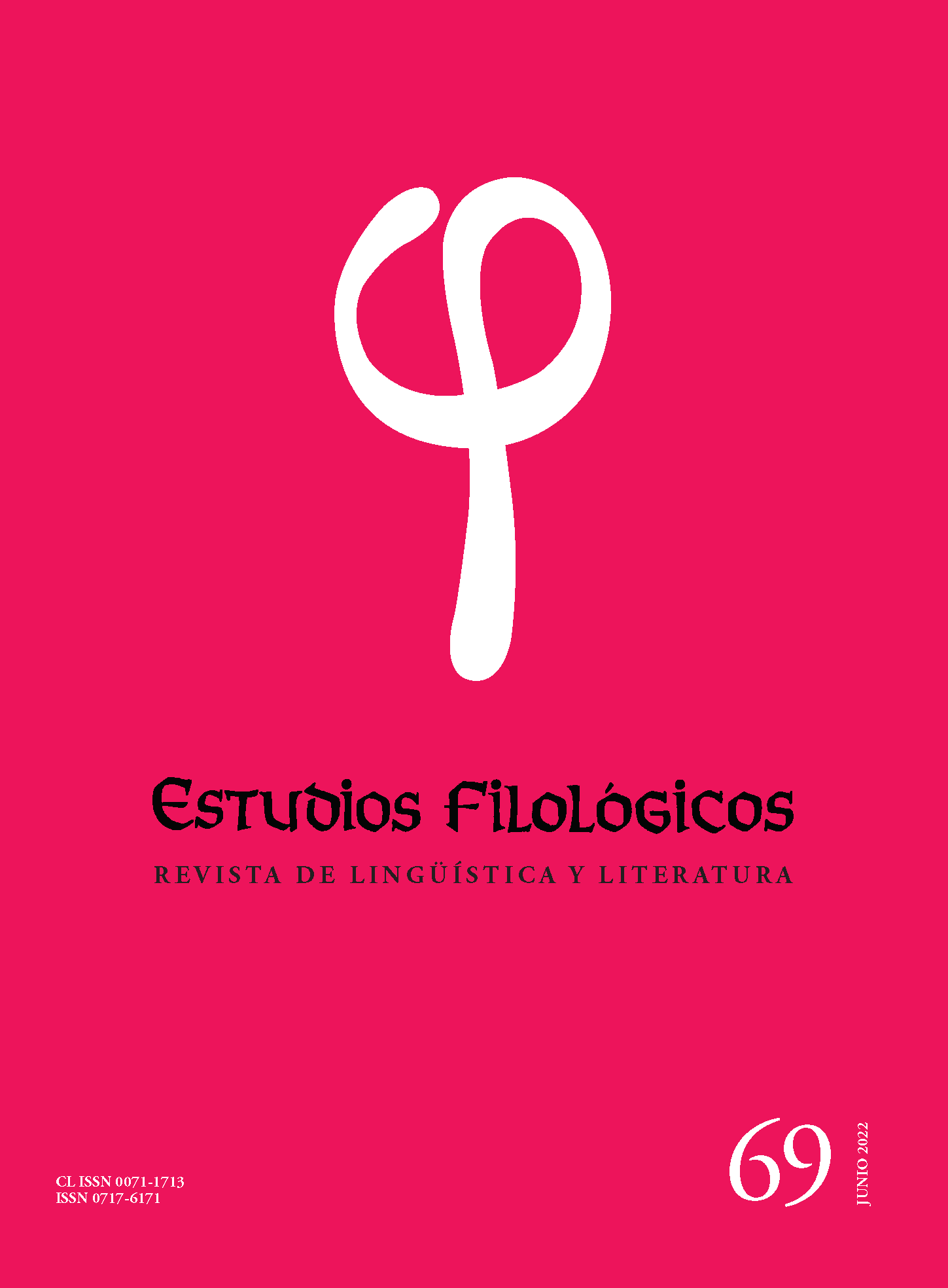Causal connexions in Spanish: a discourse semantics resource for explaining the recent past in school History
Main Article Content
Abstract
This study offers a systemic functional description of causal connexions involved in the construction of the field of school History in Spanish. For this purpose, the configurations realizing causal sequences are analysed in a textbook and in texts written by secondary students in the subject of History. The analysis allows us to observe patterns with differentiated degrees of (in)congruence or metaforicity. As expected, the texts written by students show a majority of congruently realized sequences, while in the textbook there is a predominance of logical metaphors, which offer a number of ‘pay-offs’ for the deployment of historical explanations. However, a novel finding in the students’ texts is the use of configurations considered ‘intermediate’ or ‘on the way’ to the complete metaphorization frequently found in the textbook. One of them consists of causal verbs relating text references and embedded clauses, rather than nominalizations, typical of the ‘favourite clause type’ of modern scientific discourse.

